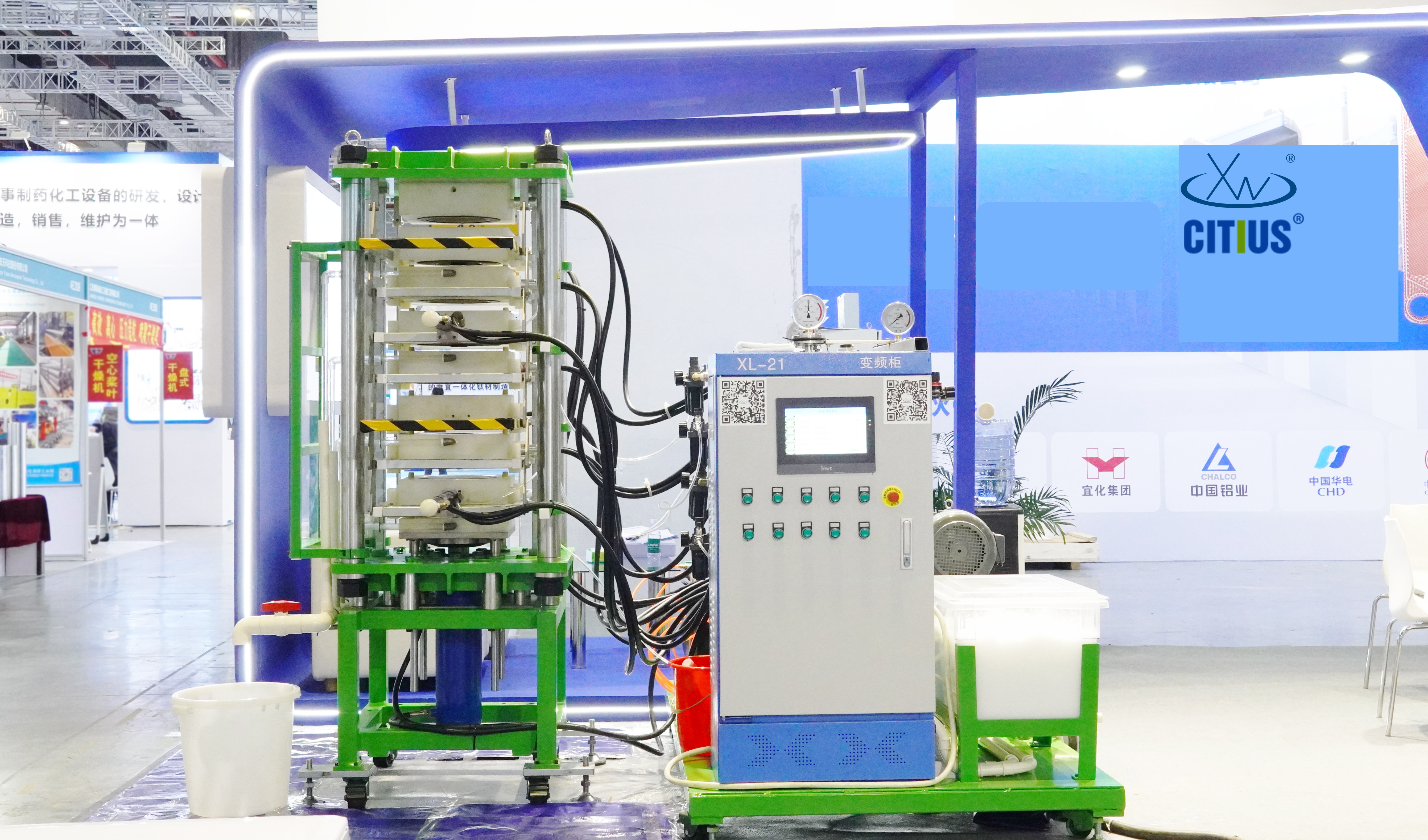Decoding the Si₃N₄ Slurry Dewatering Unit: How It Works
Release time:
2025-07-29
Understanding the Si₃N₄ Slurry Dewatering Unit
Hey there, curious minds! Have you ever wondered how manufacturers efficiently handle slurries, especially when it comes to Si₃N₄ (silicon nitride)? Well, buckle up, because today we’re diving deep into the workings of the Si₃N₄ Slurry Dewatering Unit. This nifty piece of equipment plays a crucial role in the production process, ensuring that slurries are processed effectively and economically.
What is a Slurry and Why Dewater It?
Before we get into the nitty-gritty, let’s clarify what we mean by slurry. Simply put, a slurry is a semi-liquid mixture of solids and liquids. In the case of Si₃N₄, the slurry consists of fine silicon nitride particles suspended in a liquid medium. Now, why would we want to dewater this slurry? Well, removing excess water is essential for several reasons:
- Efficiency: Dewatering reduces the volume of the slurry, making it easier to handle and transport.
- Quality Control: A lower moisture content can enhance the quality of the final product.
- Cost Savings: Less water means reduced operational costs, especially in drying and shipping.
How Does the Si₃N₄ Slurry Dewatering Unit Work?
Now, let’s get to the juicy part—the working principle of the Si₃N₄ Slurry Dewatering Unit. This unit typically employs a combination of mechanical and physical processes. Here’s a step-by-step breakdown:
1. Initial Feeding
The slurry is fed into the dewatering unit via a pump. It’s important to ensure that the slurry has a consistent flow rate for optimal performance. Think of it like pouring a perfect cup of coffee—too fast or too slow can mess things up!
2. Separation Process
Once inside, the slurry encounters a series of filters and screens. These components work tirelessly to separate the solid particles from the liquid. The solids are collected and ready for further processing, while the excess liquid is directed away. This is like sifting flour when baking—a crucial step to achieving the right consistency.
3. Centrifugation
Next up is centrifugation—a process that uses high-speed rotation to apply centrifugal force. This helps to further separate the solids from the liquid. It’s a bit like spinning a salad to get rid of excess dressing; the more you spin, the drier it gets!
4. Final Drying
After centrifugation, the remaining moisture is often removed using various drying methods, such as hot air or vacuum drying. This final step ensures that the Si₃N₄ is ready for its next phase, whether that involves sintering or other manufacturing processes.
Benefits of the Si₃N₄ Slurry Dewatering Unit
So, why should manufacturers care about investing in a Si₃N₄ Slurry Dewatering Unit? Here are a few compelling reasons:
- Increased Productivity: By efficiently removing water from slurries, manufacturers can speed up production times.
- Enhanced Product Quality: Proper dewatering helps maintain the integrity and quality of the final product.
- Environmental Impact: Efficient water management reduces waste and promotes sustainability.
Conclusion
In a nutshell, the Si₃N₄ Slurry Dewatering Unit is an unsung hero in the world of silicon nitride manufacturing. By understanding the working principles of this unit, manufacturers can optimize their processes, save costs, and ultimately deliver higher quality products. So, the next time you hear about slurry dewatering, you’ll know exactly what’s going on behind the scenes!
Previous article:

